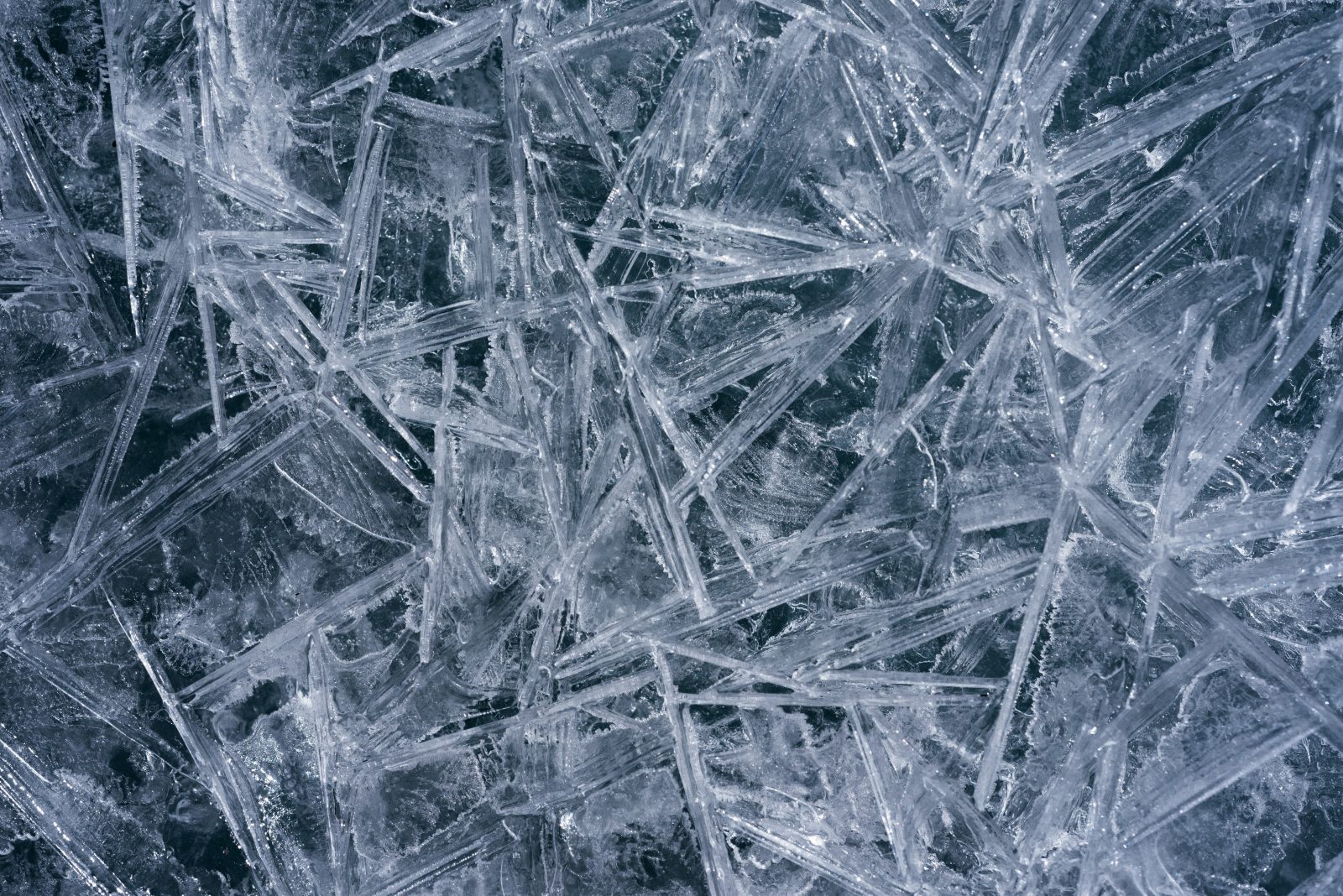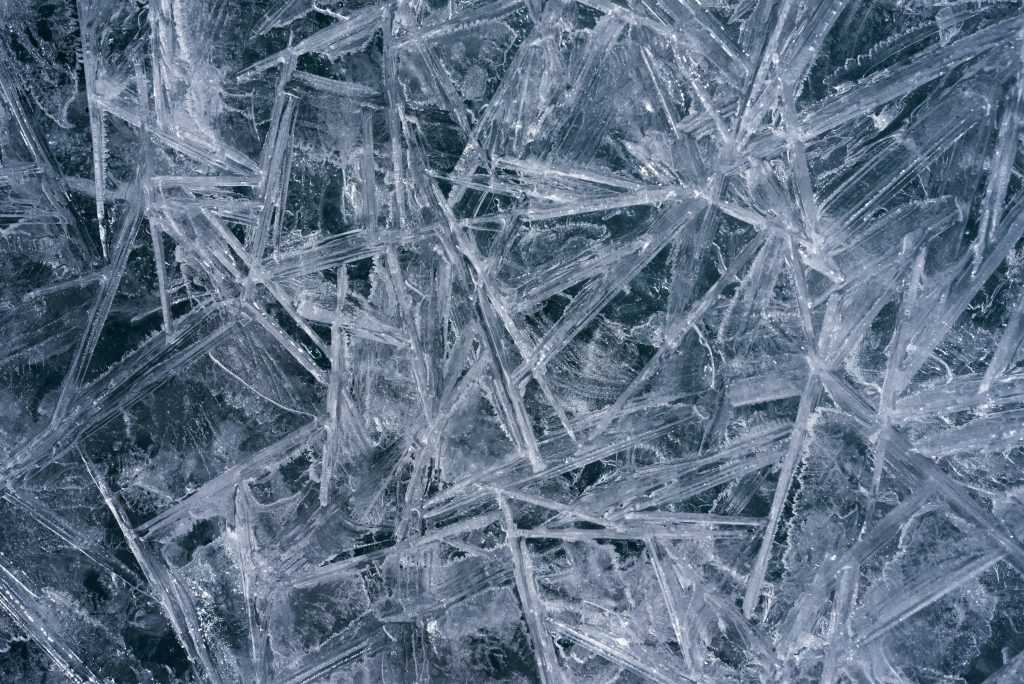What Makes Ice Slippery?


It might seem a silly question at first, but when stepping back and considering why ice is so slick, and poses such a hazard to us bipedal hominids in the form of slip-and-fall injuries, the answer is more nuanced and surprising than we initially think.
By Eric Herman
As winter’s cold tightens its grip on most of the Northern Hemisphere, leaving many landscapes and bodies of water replete with frozen H2O, I thought it might be interesting to look at the basic question of what exactly makes ice so slippery.
To most of us, the answer is simply that’s just the way it is, how nature intended it. Water turns to liquid at zero degrees Celsius and below that it becomes an ultra-smooth solid. We know that above freezing liquid water is viscous, but that still doesn’t explain how ice below freezing air temperatures is slippery.
After all, if it’s frozen, there should be no slippery liquid water on the ice surface. And, when you look at ice on a microscopic level, it’s made of sharp geometric crystals that are anything but smooth. The slipperiness of ice is actually counterintuitive.
As it turns out, the physical science of frozen water offers a completely different explanation, and one that’s still being explored.
It started more than 150 years ago when legendary physicist Michael Faraday, the guy who discovered the principles of electromagnetism, also discovered that at temperatures below 0 *C, there exists a thin film of water that is not quite liquid, nor solid. He, in effect, found an aqueous lubricant on the surface of ice that makes figure skating, hockey and bobsledding possible.
Faraday’s discovery has since fueled volumes of scientific inquiry from scientists the world over and has even led to controversy and pointed debate among many. Some of the questions studied and argued have included at what temperature below freezing does this quasi-liquid layer of water form? Is it’s thickness dependent on temperature? In what manner does thickness increase as temperature rises? Does it form continuously or stepwise?
A December 12, 2016 article published by Science Daily, covering a presentation on this very subject at the National Academy of Science, revealed that at 0 *C, right before liquid water forms, this enigmatic layer grows to 45 nanometers thick. That is 1/1000th the thickness of a human hair. In effect, this layer which is responsible for the slippery nature of ice is, at its thickest, not even visible to the naked eye.
A new study by scientists at the Max Plank Institute for Polymer Research — working with a multi-national team of researchers, using advanced spectroscopy and computer modeling — conclusively discovered that at the molecular level, the quasi-liquid layer begins to form at -38 *C. However, contrary to popular belief that ice melts continuously as temperatures rise, the research also revealed that at -16 *C, a separate layer begins to form.
Suffice to say, there’s more to ice than meets the eye!
Ice crystal image by Zorankrstic | Shutterstock









